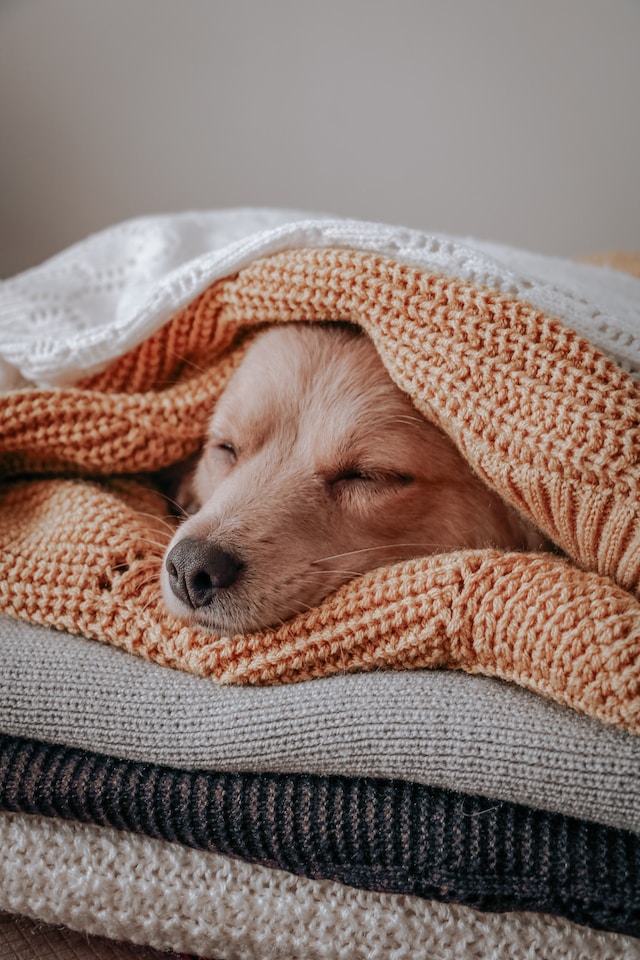
For thousands of years, dogs have been our devoted companions, and humans have always been interested in their habits and behavior. Canine dreaming is one of the most fascinating parts of their nature. Ever pondered the contents of a dog’s dream? Do they fantasize about playing catch, chasing rabbits, or simply cuddling with their owners? This essay will go into the science of canine dreams and examine the interesting realm of canine dreams. We will also discuss some amazing stories from the doghouse, where pet owners have seen their animals living out their fantasies in the cutest and most endearing manner. You won’t want to miss this fascinating excursion into the world of canine dreams, regardless of whether you love dogs, are a scientific enthusiast, or are just curious about what goes on inside the minds of our furry friends.
What do canines dream about?
Have you ever caught your dog pawing, whimpering, or twitching when it’s sleeping? All of them indicate that your dog is dreaming. What do they, however, dream about? The fact is, we can never be certain. However, according to various studies done by scientists, dogs may dream about significant things including their everyday activities and experiences.
For instance, if your dog chases squirrels in the park on a regular basis, they can have dreams about catching the elusive animal. Similar to humans, dogs who enjoy fetching balls may dream about chasing and bringing the ball back to them. In fact, it has been noted that some dogs may move their legs as if they were running or chasing something in their dreams.
Yet, it’s not all about the entertainment. Also, dogs daydream about their interactions with their humans. Your dog may dream of spending time with you if it is very attached to you, whether it be taking a stroll or cuddling up next to you on the couch. The following time you observe your dog sleeping, understand that it is reliving some of its most treasured experiences.
The rationale for canine daydreaming
Dog dreaming is still a mystery to scientists, but we do know that it is closely tied to human sleep cycles. Dogs have various stages of sleep, including rapid eye movement (REM) sleep, which is the state during which most dreaming takes place.
The body relaxes and the brain becomes more active during REM sleep. Dogs are most prone to dream at this time, and the dreams they have might be highly vivid. The brain activity of dogs during REM sleep is actually comparable to that of humans, according to studies.
A dog’s size and breed can also impact its sleeping habits and how frequently it dreams. For instance, smaller animals typically have more dreams, whereas larger dogs typically have longer dreams. In a similar vein, puppies and older dogs typically dream more than adult dogs.
As was already established, there are a number of behavioral clues that a dog is dreaming. These behaviors include paw movement, growling, whimpering, and twitching. Even when they are dreaming, some dogs may vocalize. It’s vital to let your dog sleep and not wake them up if you notice any of these symptoms when they are dozing off. They may become agitated if their sleep is disturbed because it can make them feel disoriented.
How to recognize a nightmare in your dog
While the majority of a dog’s dreams are harmless, certain canines may have frightening dreams. Several things, including stress, anxiety, or disease, might result in nightmares.
There are a few indications to watch out for if you think your dog is having a nightmare. Whimpering, sobbing, snarling, or even biting while they sleep are examples of these symptoms. It’s crucial to reassure and quiet down your dog if they look to be in distress.
Do some folks ponder whether all dogs dream? All dogs do, in fact, dream. In actuality, every mammal dreams to some degree. Cats, rats, and even elephants fall within this category. The frequency and nature of dreams, however, can differ depending on the species.
For instance, more complex dreams including social interactions and problem-solving have been recorded in some ape species. Similar to humans, dogs are more likely to dream about humans if they have more experience and relationships with people.
Dogs may dream in color, and puppies and older dogs typically have more dreams than adult dogs. Interesting facts about dogs and dreams
Dogs who have had more experiences and contact with humans are more likely to dream about them. Some dogs have been seen to vocalize or move their legs to mimic their dreams.
Even in their dreams, some dogs have been known to crave their favorite goodies.
